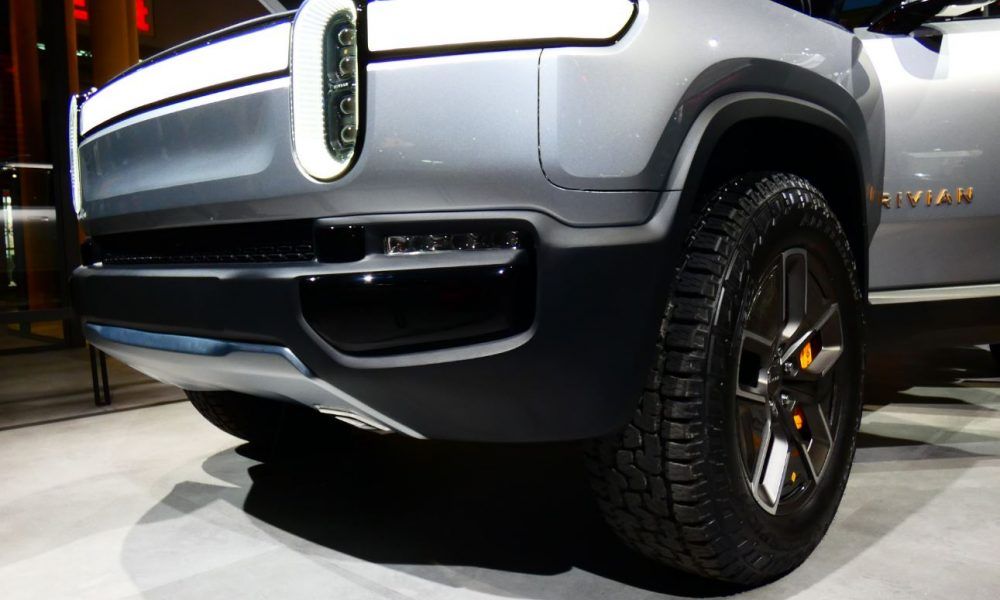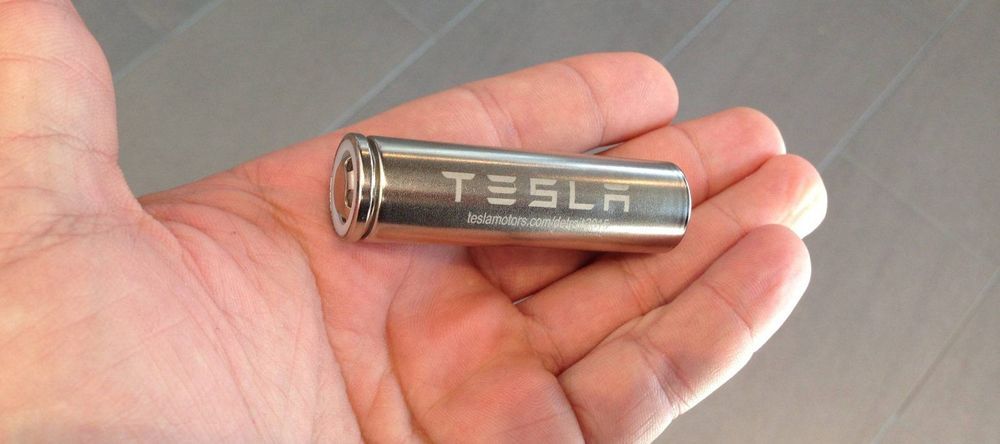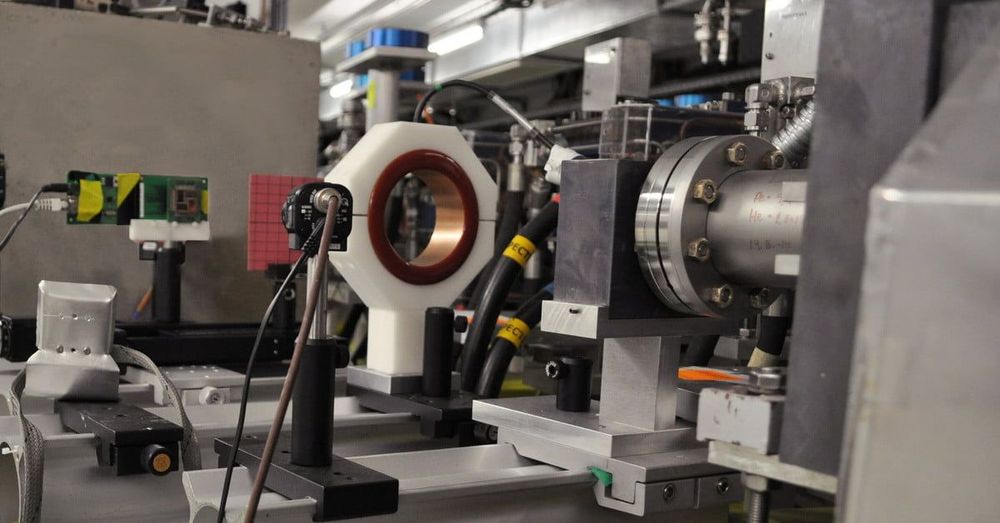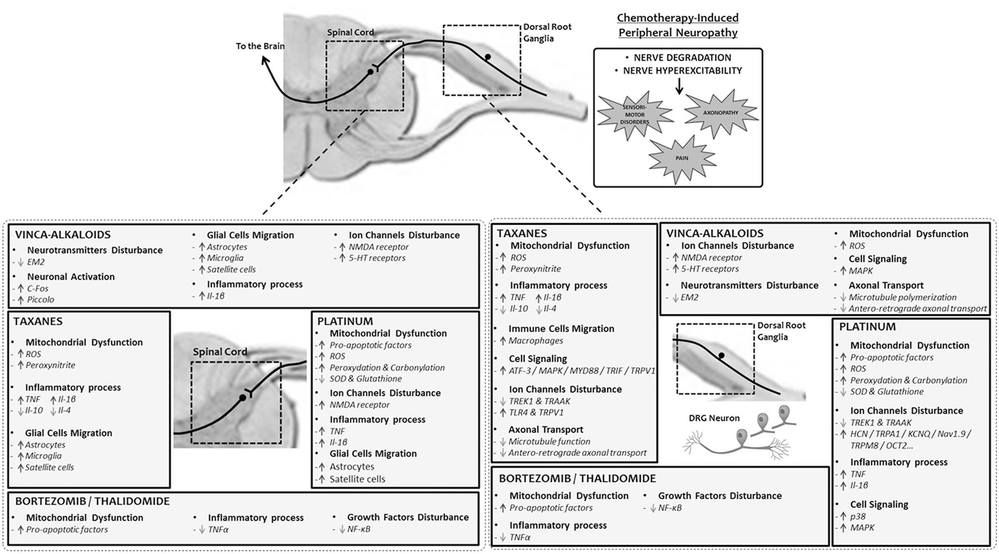Sep 8, 2019
Amazon CEO Jeff Bezos shares insights on Rivian’s $700 million investment
Posted by Omuterema Akhahenda in categories: robotics/AI, transportation
During Amazon’s all-hands meeting in March, CEO Jeff Bezos stated that he is fascinated by the emerging trends in the auto industry. Bezos noted that it was this fascination that ultimately played a part in Amazon’s hefty $700 million investment in electric truck startup Rivian Automotive back in February.
“If you think about the auto industry right now, there’s so many things going on with Uber-ization, electrification, the connected car — so it’s a fascinating industry. It’s going to be something very interesting to watch and participate in, and I’m very excited about that whole industry,” Bezos said.
Bezos’ optimism for emerging industries extends beyond the electric car market. Apart from Rivian, Amazon has also invested in self-driving startup Aurora, hinting that the CEO is also looking to capitalize on autonomous driving technology for the e-commerce giant’s operations in the future. If its investment in Aurora pans out, for example, Amazon would likely gain an optimized solution that would allow the company to deliver shipments to its customers using self-driving machines.


















